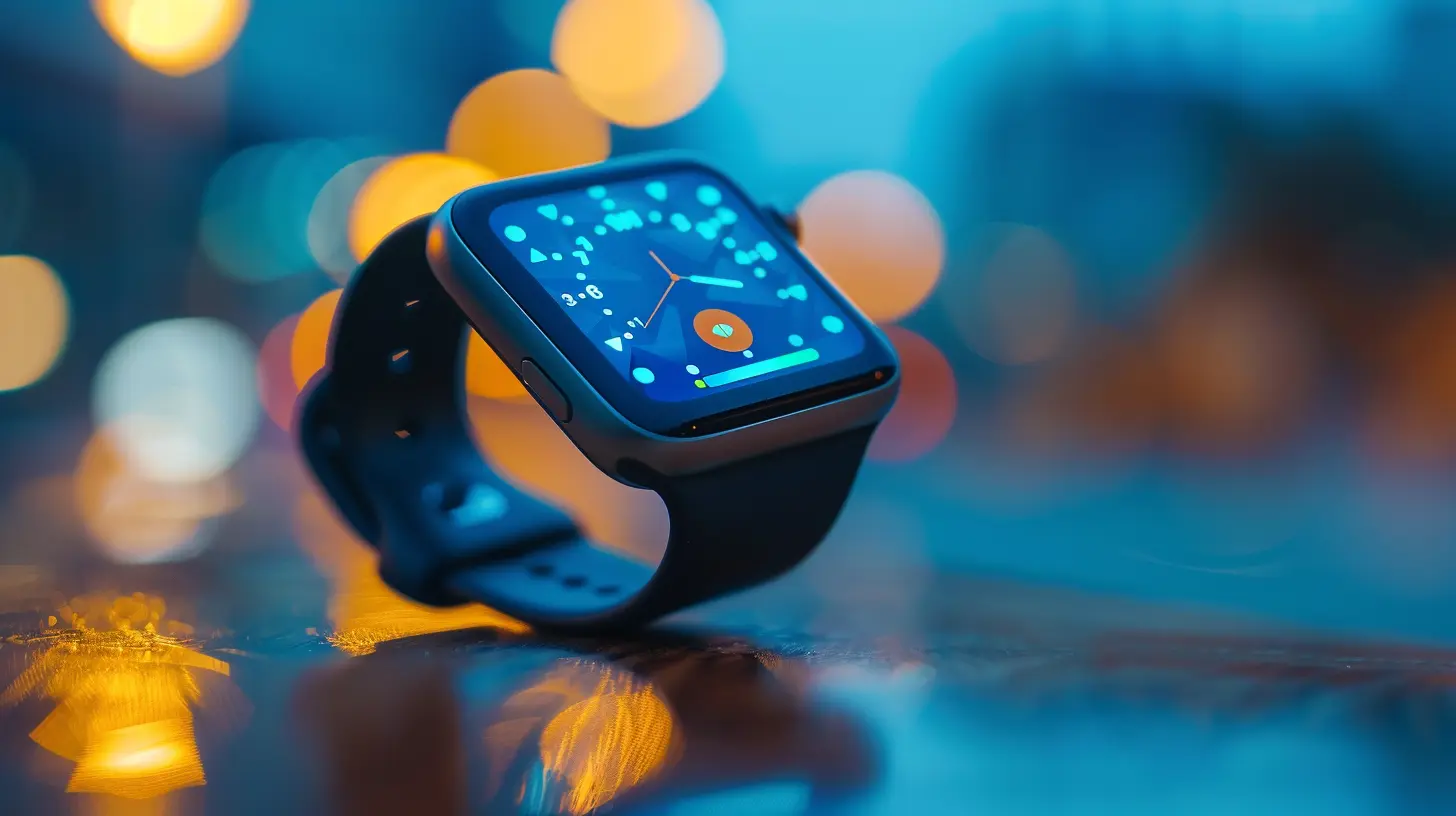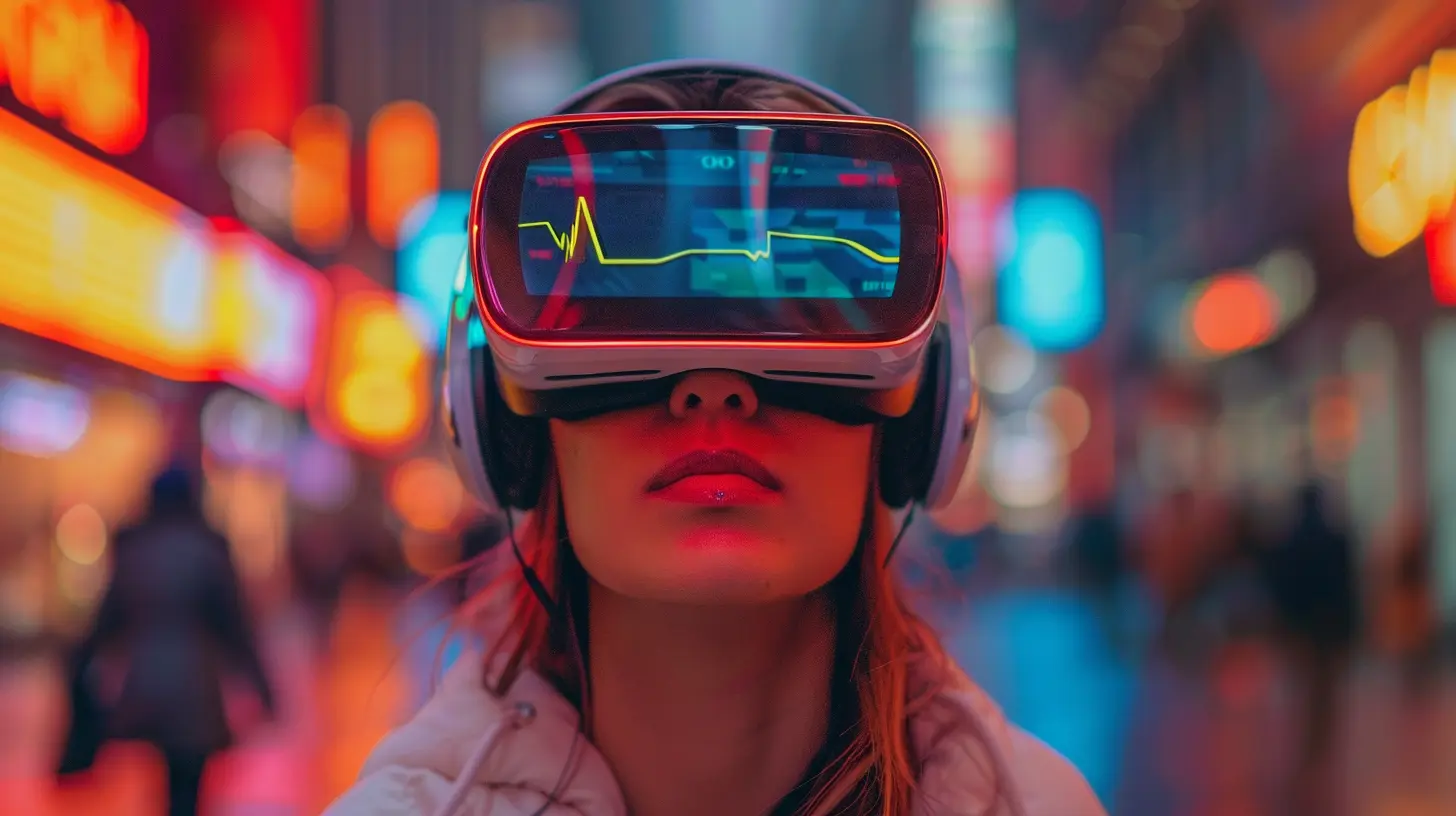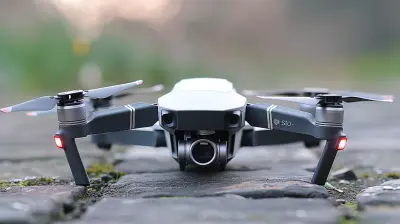24 April 2025
Mental health has always been a critical part of our well-being, yet it often takes a backseat when compared to physical health. But what if small, smart devices strapped to our wrists or tucked into our pockets could help us understand and manage our mental state? Enter wearables—those high-tech gadgets that do more than track our steps or monitor heart rate. They’re now playing a vital role in mental health monitoring, offering new ways to gain insights into stress, anxiety, depression, and even sleep quality.

The Rise of Wearable Technology in Mental Health
Wearable technology has come a long way from its early days as simple step counters. Today, we have smartwatches, fitness trackers, EEG headbands, and even smart rings that collect real-time physiological data. But how did we get here?The demand for mental health solutions has skyrocketed, especially with the rise in stress levels, work pressures, and the ever-increasing digital lifestyle. Traditional mental health assessments rely on self-reporting, which isn’t always reliable. People either forget to log their symptoms or might unconsciously underreport their struggles. Wearables offer a way to continuously monitor physiological signals, bridging the gap between subjective feelings and objective data.

How Wearables Track Mental Health
So, how exactly do these gadgets keep an eye on our mental well-being? They rely on various biomarkers—physiological signals that can indicate emotional and mental states. Some of the key metrics include:1. Heart Rate Variability (HRV)
HRV measures the time between each heartbeat. A lower HRV can indicate stress or fatigue, while a higher HRV suggests relaxation and good recovery. Many smartwatches and fitness trackers, like the Apple Watch and Fitbit, use HRV data to estimate stress levels.2. Skin Conductance (Electrodermal Activity)
Ever noticed how your palms get sweaty when you’re nervous? Wearables can track this response through electrodermal activity (EDA) sensors, which measure changes in sweat gland activity. Devices like the Fitbit Sense use this metric to assess stress.3. Sleep Patterns
Sleep is a major factor in mental health. Poor sleep can contribute to anxiety, depression, and cognitive decline. Wearables track sleep cycles, disturbances, and even REM sleep to provide insights into overall sleep health.4. Oxygen Levels (SpO2)
Blood oxygen levels can also give hints about mental health, especially in conditions like anxiety and depression. Devices like the Oura Ring and Garmin watches monitor SpO2 levels to detect breathing irregularities that might be linked to stress or sleep disorders.5. Activity Levels and Movement
Sedentary behavior is often linked to poor mental health. Wearables track movement, steps, and even workout intensity, encouraging users to stay active—a known mood booster.
Benefits of Wearables for Mental Health Monitoring
Wearables are revolutionizing how we track and manage mental health. Here’s how they’re making a difference:1. Early Detection of Mental Health Issues
Since wearables collect real-time data, they can identify unusual patterns before symptoms become severe. If a device notices irregular sleep patterns, increased stress levels, or elevated heart rate, it can alert the user to take action.2. Personalized Insights and Recommendations
Unlike generic mental health advice, wearables provide personalized insights based on an individual’s data. For instance, if a person’s HRV is consistently low, their device might recommend mindfulness exercises, breathing techniques, or extra sleep.3. Encouragement and Motivation
Many wearables come with built-in reminders and nudges. Whether it’s prompting you to get up and stretch or suggesting a short meditation session, these little reminders can help maintain mental well-being.4. Seamless Integration with Mental Health Apps
Wearables aren't just independent gadgets; they sync with mental health applications like Calm, Headspace, and even therapy apps. This integration enhances mental health strategies by offering a comprehensive approach to well-being.5. Remote Monitoring for Healthcare Providers
For those undergoing mental health treatment, wearables can provide valuable data to therapists and doctors. Instead of relying solely on self-reports, professionals can analyze biometric data to get a clearer picture of a patient's mental state.
Challenges and Limitations
While wearables hold great potential, they’re not without their flaws. Here are some key challenges:1. Data Accuracy Issues
Wearables aren’t perfect. Factors like sweat, skin tone, and movement can affect readings, sometimes leading to inaccurate data. If the data isn’t reliable, the insights could be misleading.2. Privacy Concerns
Mental health data is sensitive, and storing it on digital platforms raises serious privacy concerns. Who owns the data? Can it be hacked? Are companies selling this personal information? These are critical questions that need answers.3. Over-Reliance on Technology
While wearables are useful, they shouldn’t replace professional mental health care. Some users might rely too much on data and neglect seeing a therapist or psychologist when needed.4. Affordability and Accessibility
High-quality wearables with advanced mental health tracking features can be expensive. This raises accessibility concerns, as those who need the technology the most may not be able to afford it.The Future of Wearables in Mental Health
Despite the challenges, the future looks promising. Advancements in AI and machine learning will enhance the accuracy of mental health tracking. We may soon see wearables that detect anxiety attacks before they happen or provide real-time interventions based on emotional fluctuations.Moreover, innovations like brainwave-monitoring wearables could take mental health tracking to another level, offering deeper insights into cognitive functions and emotions.
Final Thoughts
Wearables are changing the way we approach mental health. They provide real-time insights, encourage better habits, and even help in early detection of mental health conditions. However, they’re not a one-size-fits-all solution. While they offer incredible benefits, they should be used as a complementary tool rather than a replacement for professional care.As technology continues to evolve, we might soon witness a world where mental health monitoring is as common as checking our heart rate. Until then, these smart devices serve as a promising step towards integrating technology with mental well-being.





Elidi Hahn
Finally, wearables can help us monitor our mental health! Now, if only they could also remind us where we left our keys, coax us into exercising, and provide motivational speeches during Zoom calls. Who knew our watches would become the life coaches we never asked for?!
April 24, 2025 at 7:04 PM